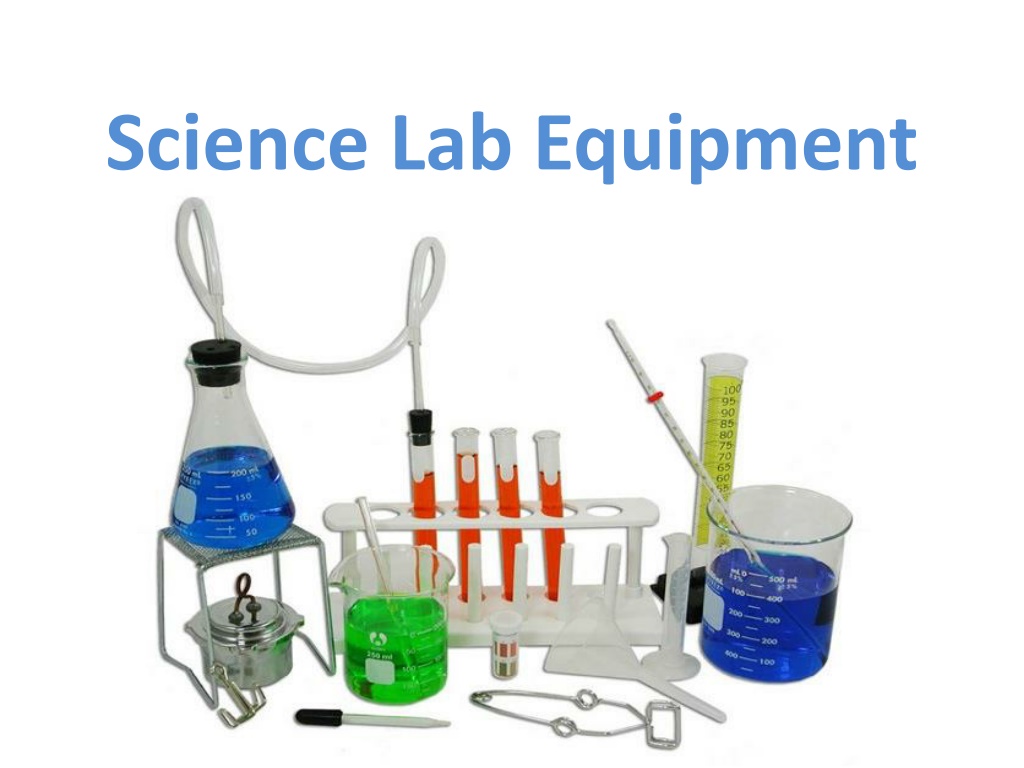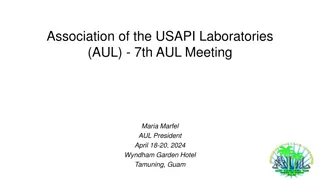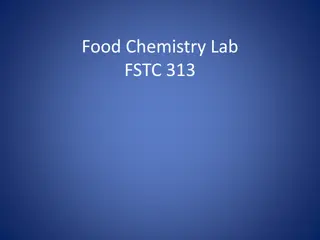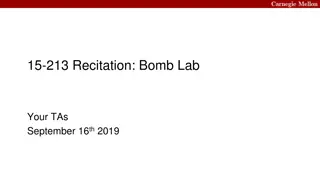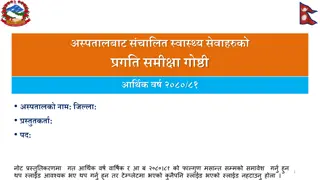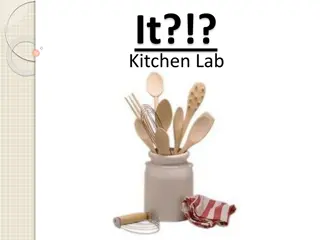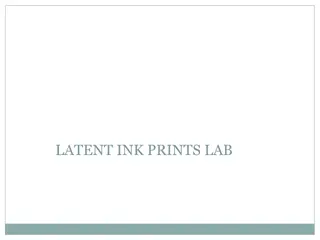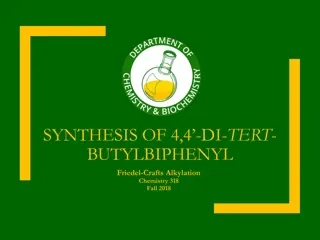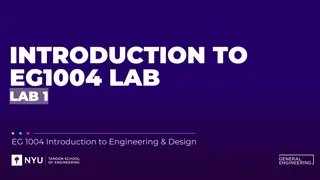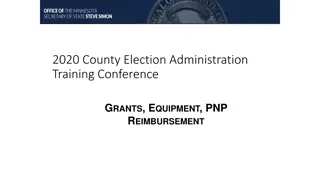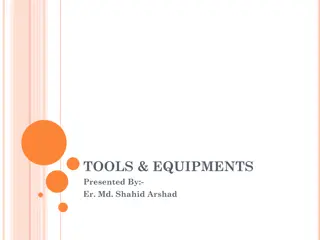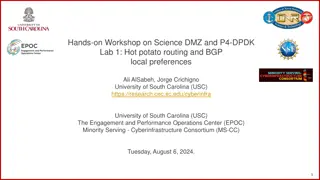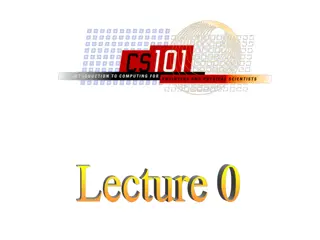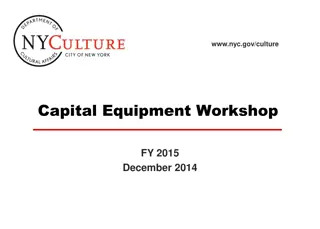Essential Science Lab Equipment Overview
Explore a range of essential science lab equipment including a Triple Beam Balance for measuring mass, Goggles for eye protection, Mortar and Pestle for crushing and mixing substances, Bunsen Burner for heating and sterilization, Beaker for liquids, Test Tube Clamp for handling test tubes, Test Tube for chemicals, Clamp Ring Stand for supporting equipment, Funnel for liquid channeling, Erlenmeyer Flask for mixing chemicals, Microscope for small object observation, Anemometer for wind speed measurement, and Striker for igniting the Bunsen Burner.
Download Presentation

Please find below an Image/Link to download the presentation.
The content on the website is provided AS IS for your information and personal use only. It may not be sold, licensed, or shared on other websites without obtaining consent from the author.If you encounter any issues during the download, it is possible that the publisher has removed the file from their server.
You are allowed to download the files provided on this website for personal or commercial use, subject to the condition that they are used lawfully. All files are the property of their respective owners.
The content on the website is provided AS IS for your information and personal use only. It may not be sold, licensed, or shared on other websites without obtaining consent from the author.
E N D
Presentation Transcript
Triple Beam Balance Used to measure mass. Unit of measurement = grams
Goggles Used to protect your eyes from harmful substances.
Mortar and Pestle Used to crush, grind and mix solid substances.
Bunsen Burner Produces a single open gas flame, which is used for heating, sterilization, and combustion.
Beaker Container for stirring, mixing and heating liquids
Test Tube Clamp Tool used to securely handle a test tube
Test Tube Tool used to hold, mix, or heat small quantities of solid or liquid chemicals
Used to support laboratory equipment, such as a beaker over a bunsen burner. Clamp Ring Stand
Funnel Used to channel liquid or fine-grained substances into containers with a small opening.
Erlenmeyer Flask Used in chemistry to mix and heat chemicals. The conical shape allows the contents to be swirled or stirred during an experiment, either by hand or by a shaker; the narrow neck keeps the contents from spilling out. The small neck reduces evaporative losses compared to a beaker, while the flat bottom of the conical flask makes it unlikely to tip over and spill.
Microscope Used to see objects that are too small for the naked eye.
Anemometer Used to measure wind speed.
Striker Creates a spark to ignite a Bunsen Burner.
Scalpel Sharp blade, typically used for dissection.
Compass A navigational instrument that measures directions (north, south, east, west).
Petri Dish Used to culture (grow) cells, bacteria, etc.
Tongs Used to hold hot things, but not test tubes.
Thermometer Measures temperature.
Telescope Used to observe very remote objects, like the moon, stars and planets.
Spring Scale Used to measure force. Unit of measurement = Newton
Graduated Cylinder *Used to accurately measure the volume of a liquid. *Unit of measurement = milliliters
Pipette Used to move small amounts of a liquid.
